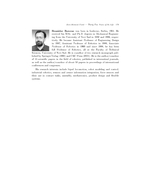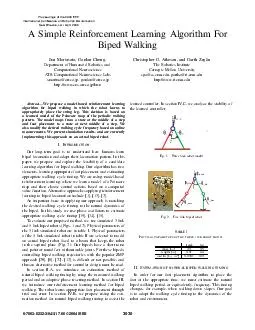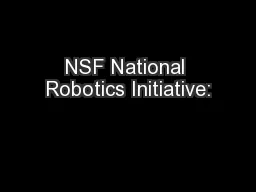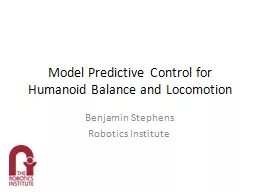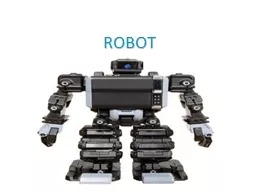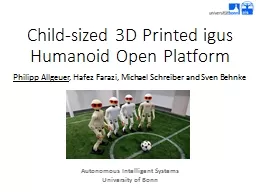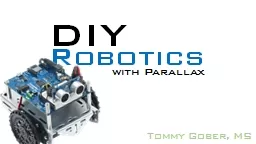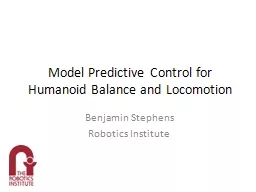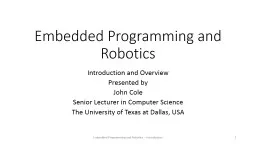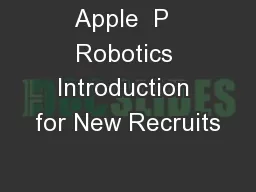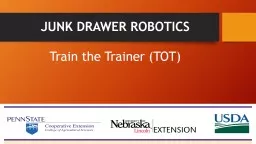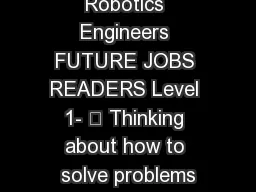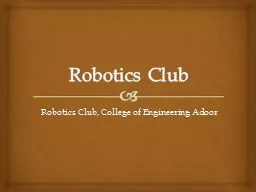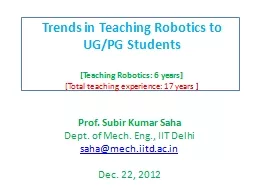PDF-April WSPCIJHR International Journal of Humanoid Robotics Vol
Author : cheryl-pisano | Published Date : 2014-11-27
1 No 1 2004 157173 World Scienti64257c Publishing Company ZEROMOMENT POINT THIRTY FIVE YEARS OF ITS LIFE MIOMIR VUKOBRATOVI Institute Mihajlo PupinVolgina 15 11000Belgrade
Presentation Embed Code
Download Presentation
Download Presentation The PPT/PDF document "April WSPCIJHR International Journal..." is the property of its rightful owner. Permission is granted to download and print the materials on this website for personal, non-commercial use only, and to display it on your personal computer provided you do not modify the materials and that you retain all copyright notices contained in the materials. By downloading content from our website, you accept the terms of this agreement.
April WSPCIJHR International Journal of Humanoid Robotics Vol: Transcript
Download Rules Of Document
"April WSPCIJHR International Journal of Humanoid Robotics Vol"The content belongs to its owner. You may download and print it for personal use, without modification, and keep all copyright notices. By downloading, you agree to these terms.
Related Documents

